Let’s learn how to upscale images in GIMP. Upscale Image is an important technique for many fields. High-resolution photos ensure clarity and detail in large print formats. Clear images in digital presentations may greatly enhance audience engagement and attention. High-quality photos in the design of websites help to create a polished and professional appearance, which improves the entire user experience.
GIMP Image Manipulation Program, is a skillful and free image editing application. It delivers many features that make it a perfect alternative to more expensive applications like Adobe Photoshop. Whether you’re a skilled designer or love manipulating images for fun, GIMP includes everything you need to create and enhance outstanding images.
In this blog post, we’ll begin by at how to upscale images in GIMP. We’ll go over step-by-step instructions, advanced approaches for improved outcomes, and image quality maintenance advice. By the conclusion, you’ll know how to improve your photographs effectively, independently of the setting.
Step-by-Step Guide to Upscale Images in GIMP
Step 1: Open Your Image in GIMP
Launch GIMP on your computer.
Open the image you want to upscale by clicking on File > Open and selecting your image file.
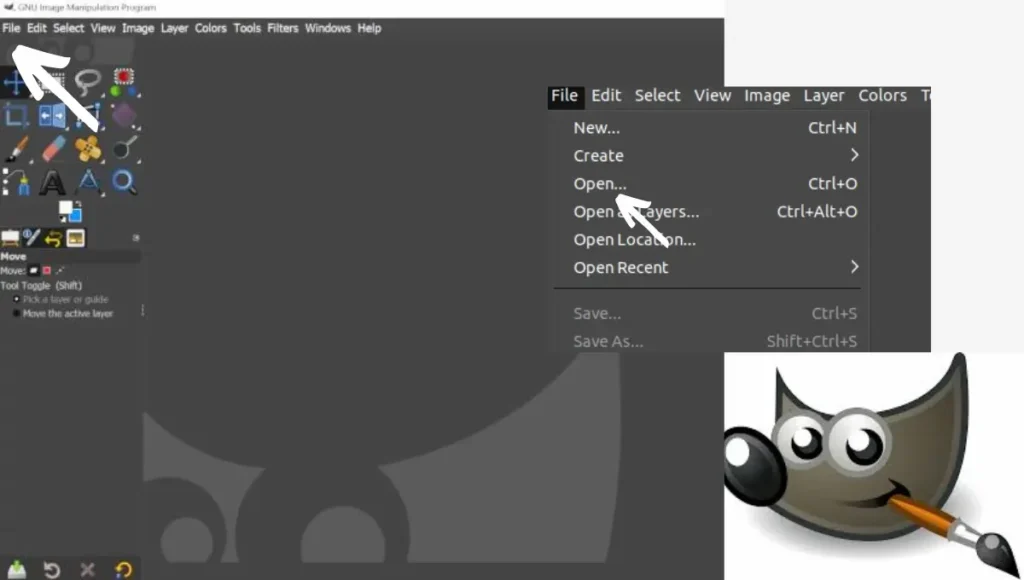
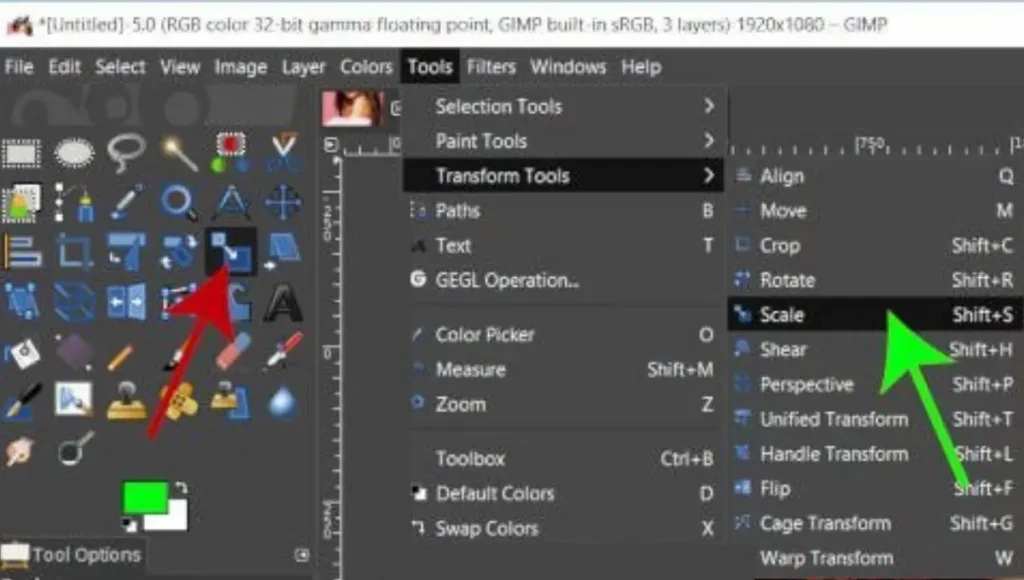
Step 2: Access the Scale Tool
Select the Scale Tool:
Go to the toolbar and click on the Scale Tool icon.
Alternatively, you can press Shift + T on your keyboard.
Step 3: Set the New Dimensions
Open the Scale Dialog:
Click on your image to bring up the Scale dialog box.
Enter the New Dimensions:
In the Width and Height fields, enter the new dimensions for your image.
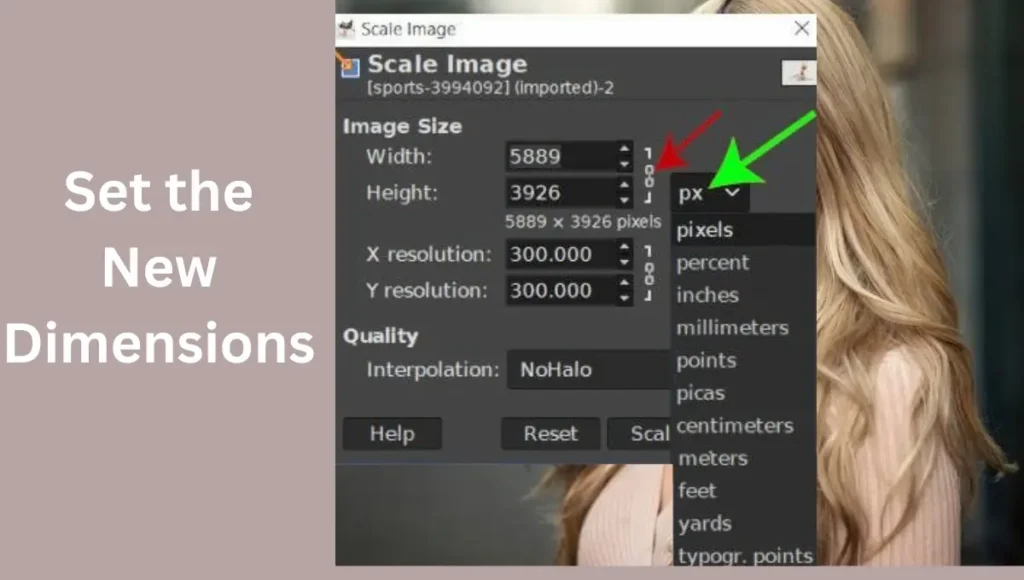
Make sure the chain link icon between the Width and Height fields is linked to maintain the aspect ratio.
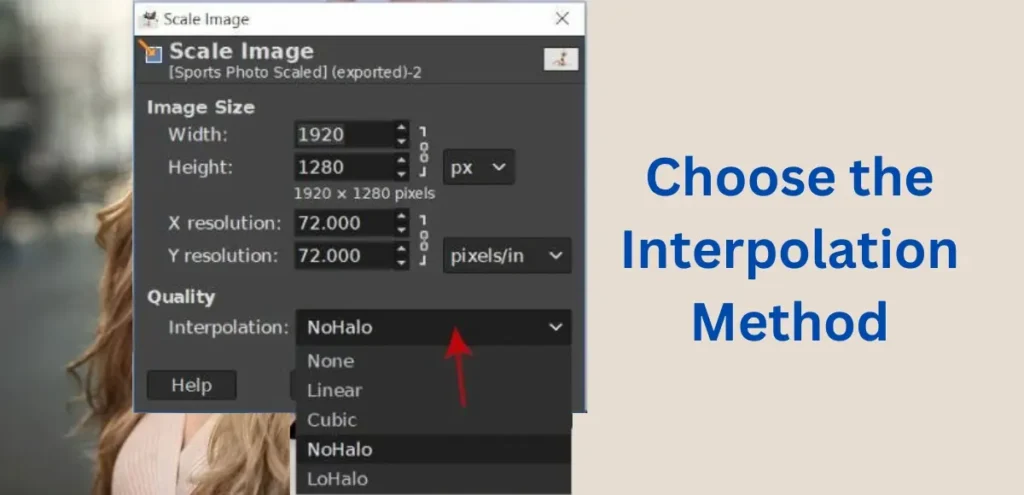
Step 4: Choose the Interpolation Method
Select an Interpolation Method:
From the dropdown menu in the Scale dialog, choose an interpolation method. This affects how smooth and clear the upscaled image will be
None: No smoothing (results can be pixelated).
Linear: Basic smoothing, good for small enlargements.
Cubic: Better quality for larger enlargements.
Sinc (Lanczos3): Best quality, especially for significant upscaling.
Step 5: Apply the Scaling
Click Scale:
After setting the dimensions and choosing the interpolation method, click the Scale button in the dialog box.
GIMP will resize the image based on your settings.
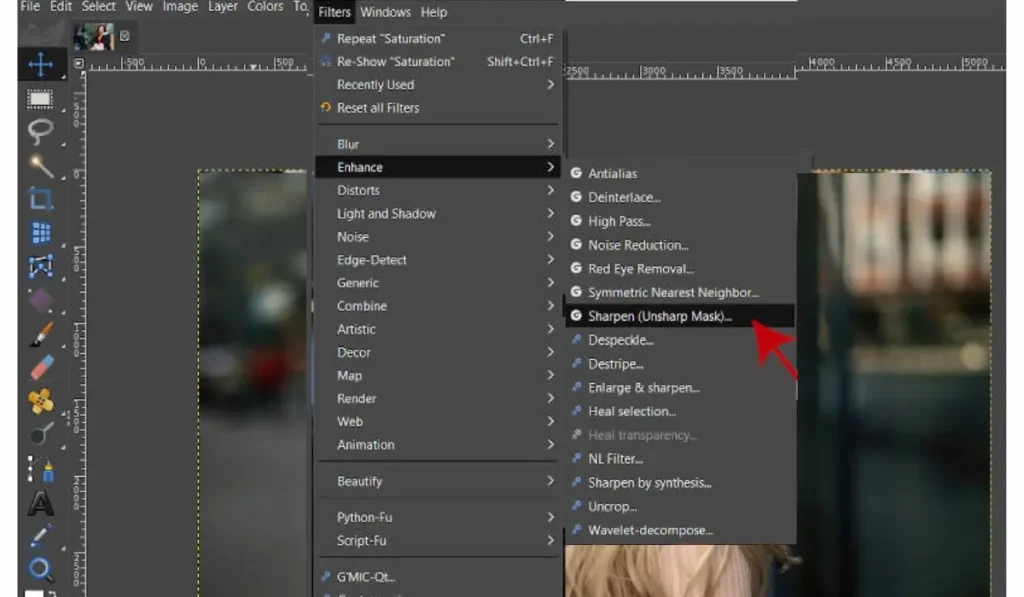
Step 6: Fine-tune Your Upscaled Image (Optional)
Sharpen the Image:
Go to Filters > Enhance > Sharpen (Unsharp Mask).
Adjust the Radius, Amount, and Threshold sliders to make your image sharper without adding too much noise.
Click OK to apply the sharpening.
Reduce Noise (if needed):
- Go to
Filters>Noise>Reduce Noise. - Adjust the sliders to reduce any noise that may have appeared during upscaling.
- Click
OKto apply the noise reduction.
Step 7: Save Your Upscaled Image
Save Your Work:
Go to File > Export As.
Choose your desired file format (e.g., PNG, JPEG).
Enter a file name and select the location where you want to save your upscaled image.

Click Export and adjust any additional settings if prompted.
Conclusion
Upscale images in GIMP is a powerful tool that may dramatically improve the quality and size of your visuals, making them perfect for a wide range of uses, including printing, digital presentations, and web design. Excellent results can be achieved by understanding the purpose of your upscaled image and carefully selecting the right scale.
Start by opening your image in GIMP and preparing it for upscaling. Use the Scale Tool to set the new dimensions, keeping the aspect ratio intact. Choose the best interpolation method to maintain quality and minimize pixelation. For more refined results, consider using advanced techniques and plugins.
Remember, there isn’t a universal “perfect” width and height for all images. The ideal dimensions depend on your specific needs, such as print size and resolution, screen display requirements, and web design considerations. Aim for moderate upscaling to maintain quality, and use advanced methods for significant enlargements.
By following these steps and guidelines, you can effectively upscale images in GIMP, ensuring they look sharp and professional. Feel free to experiment with different settings to find what works best for your project.


